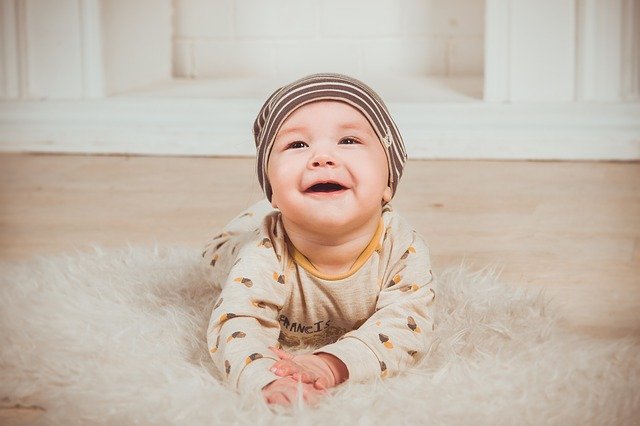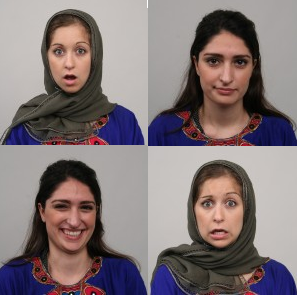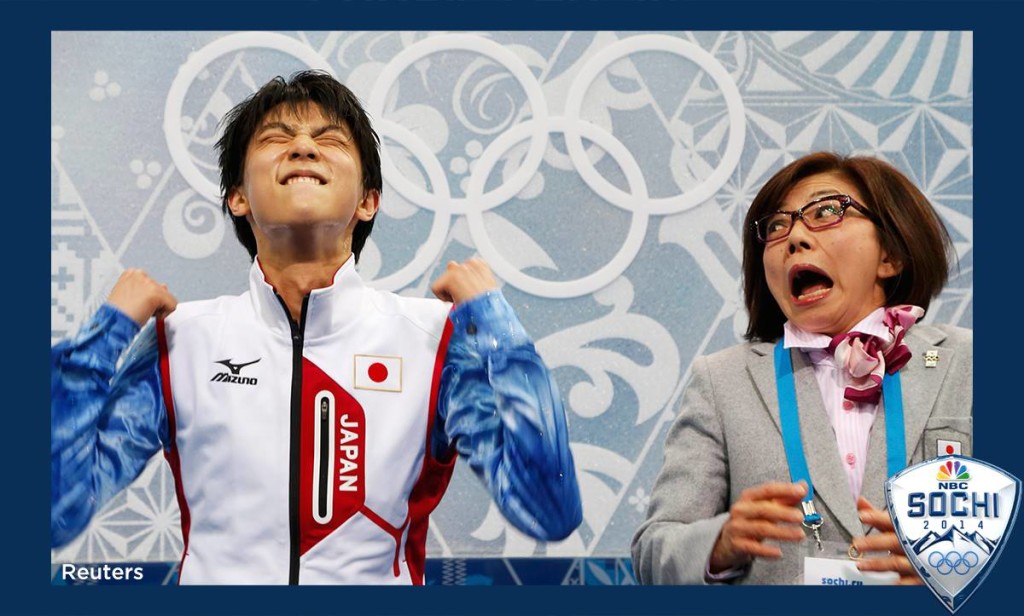Is it true that there are 19 different smiles, but only 6 of them are related to happiness? What happens when we smile sadly and what does the rest of our body language convey?
In this video, Humintell’s Dr. David Matsumoto helps explain the world of nonverbal communication to wider audiences. He emphasizes that nonverbal communication is anything that does not include verbal language, but the varieties of nonverbal communication are almost endless.
One of these is based in the environment. What is the lighting of the conversation? Is music playing or is there a specific sound? This helps communicate something. Similarly, our personal characteristics, such as how we dress, convey something revealing about our personality, without us even opening our mouths.
Dr. Matsumoto also describes “behavioral traces.” Even when we are not in the room, certain aspects of our personality can be conveyed. For instance, if somebody were to enter your house without your presence, they would see how you have laid out your room. They would see what you put on the walls. Each of these things communicates something to that person.
Of particular focus, however, are nonverbal behavior which includes the microexpressions, body language, and other slight activities that we engage in. While words are incredibly powerful, they must inevitably exist within a context of non-verbal behavior, and nonverbal communication more broadly.
In fact, when verbal messages contradict non-verbal messages, most of the information we garner from the conversation come from the non-verbal messages. Even though we are often bad at reading these forms of communication, there is still some instinctive receptivity, according to Dr. Matsumoto.
Watch this fascinating interview below!
The post The Importance of Nonverbal Communication first appeared on Humintell.
 Studies have shown that infants are sensitive to emotions expressed through facial expressions since their first year of birth. In fact, a study published in PLOS ONE,
Studies have shown that infants are sensitive to emotions expressed through facial expressions since their first year of birth. In fact, a study published in PLOS ONE, 
 Of all these signals, facial expressions of emotion are very, very special, because emotions are special types of psychological phenomena. As we’ve been discussing in our past few blogs, emotions are reactions to events that are meaningful for us.
Of all these signals, facial expressions of emotion are very, very special, because emotions are special types of psychological phenomena. As we’ve been discussing in our past few blogs, emotions are reactions to events that are meaningful for us.  Facial expressions are also special because they can signal different, discrete emotions (otherwise known as the
Facial expressions are also special because they can signal different, discrete emotions (otherwise known as the 
 Thus, reading each of the universal facial expressions of emotion is so important because when we read faces, we are actually reading the mind processing and evaluating stimuli. And when we see a specific, discrete emotion, we know how they evaluated something. We know the direction of what people are thinking, and equally important, we know what their bodies are primed to do doing before they do. Think about how important this is for people in harm’s way.
Thus, reading each of the universal facial expressions of emotion is so important because when we read faces, we are actually reading the mind processing and evaluating stimuli. And when we see a specific, discrete emotion, we know how they evaluated something. We know the direction of what people are thinking, and equally important, we know what their bodies are primed to do doing before they do. Think about how important this is for people in harm’s way. There are additional benefits to being interested in reading facial expressions of emotion, too. Doing so shows interest in others by paying attention.
There are additional benefits to being interested in reading facial expressions of emotion, too. Doing so shows interest in others by paying attention.